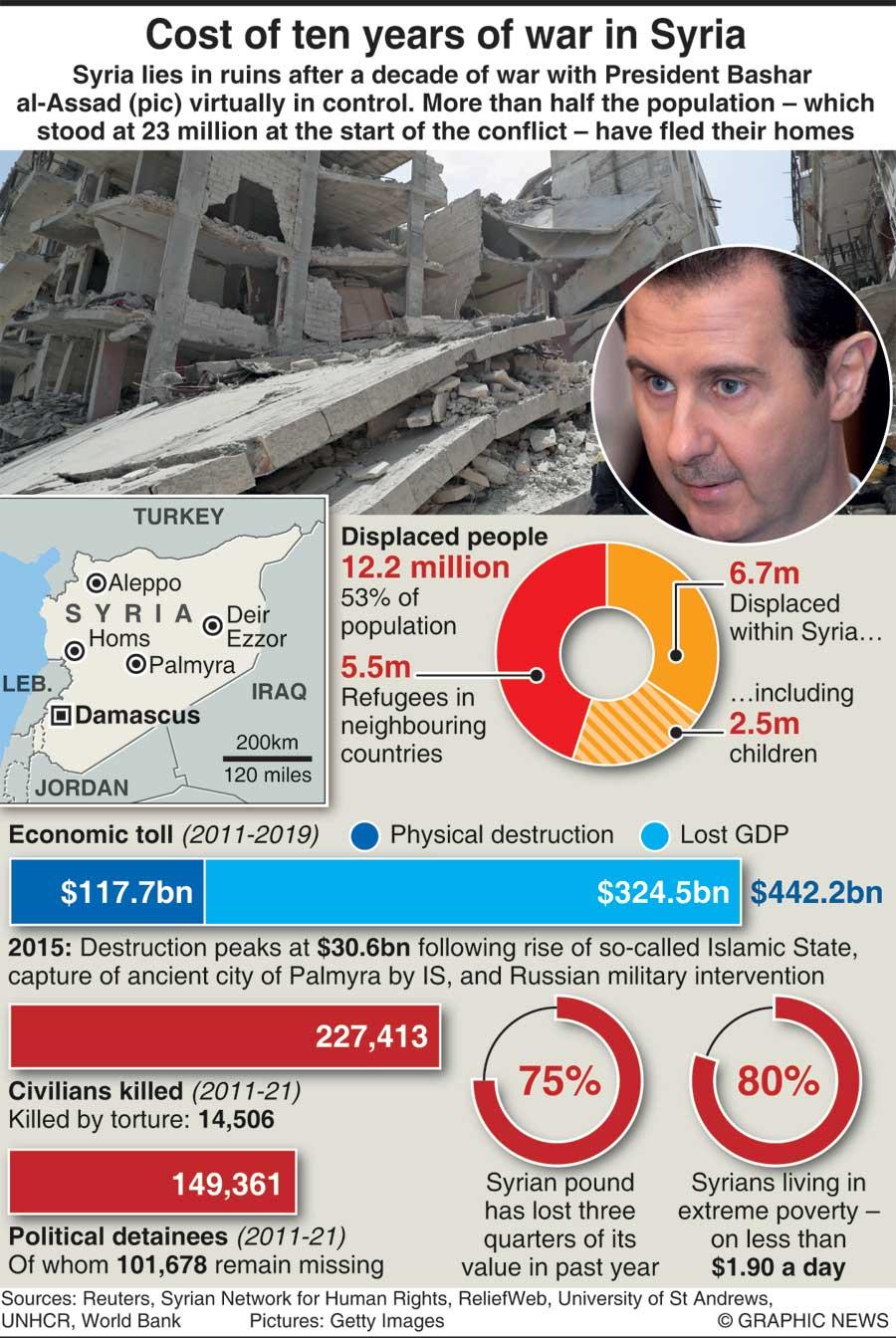Reply To:
Name - Reply Comment
Physician, heal thyself: This is often what countries like Sri Lanka accused of violating human rights should tell those countries which portray themselves as human rights champions, yet violate human rights with impunity and then go on to cover up their crimes.
those countries which portray themselves as human rights champions, yet violate human rights with impunity and then go on to cover up their crimes.
Until and unless these human rights double standards are exposed and eliminated, there is little meaning in international efforts to create a world where human rights are protected and observed. The truth of the matter is that big powers’ human rights activism is highly politicized and often used in the promotion of their self-interests.
In the politics of misusing human rights, big powers, despite their notorious track records, still have the gumption to wear the mantle of human rights overlords. Take the case of the United States.
It was the US which took the initiative to present at the United Nations Human Rights Council a resolution against Sri Lanka in 2012, alleging that the then Sri Lankan government had committed war crimes during the last stages of the war that ended in 2009. Sri Lanka was made to look a human rights pariah even as the US itself was committing human rights violations and war crimes, including torture of detainees, in Afghanistan, Iraq and Libya and dozens of other countries, with what was known of these violations being a fraction of what is unknown or yet to be told.
From America’s dirty baggage, a secret was out last week: The US troops committed a civilian massacre in Syria in 2019 in what is now being described as the US military’s worst cover-up scandals since the My Lai massacre in Vietnam in 1968.
According to the November 13 New York Times exposé by journalists Dave Philipps and Eric Schmitt, the US Air Force bombed a crowd of civilians taking shelter near the town of Baghuz, killing more than 70 people, during a campaign against Islamic State (ISIS) rebels.
Their report said: “Without warning, an American F-15E attack jet streaked across the drone’s high-definition field of vision and dropped a 500-pound bomb on the crowd, swallowing it in a shuddering blast. As the smoke cleared, a few people stumbled away in search of cover. Then a jet tracking them dropped one 2,000-pound bomb, then another, killing most of the survivors.
“It was March 18, 2019. At the U.S. military’s busy Combined Air Operations Center at Al Udeid Air Base in Qatar, uniformed personnel watching the live drone footage looked on in stunned disbelief, according to one officer who was there. ‘Who dropped that?’ a confused analyst typed on a secure chat system being used by those monitoring the drone, two people who reviewed the chat log recalled. Another responded, ‘we just dropped on 50 women and children.’”
The conversation indicates that those who dropped the bombs knew they were killing civilians, including women and children.
The footage shows the presence of only two or three armed men near the crowd and there were no hostile activity or gesture from the civilians. People carrying weapons is not unusual in a country caught in a civil war. If the military of a nation that preaches human rights to other nations, commits a crime, the next right step is to hold an inquiry and take action against the wrongdoers. But what happened was a big cover-up.
The two journalists wrote that instead of accountability, “at nearly every step, the military made moves that concealed the catastrophic strike.” The site of the bombing was bulldozed; the unit that conducted the strike vindicated itself; key evidence was buried; military logs were altered; and investigations were stalled and subverted. Although the Pentagon’s independent inspector general managed to launch a probe, “the report containing its findings was stalled and stripped of any mention of the strike.”
The article says Task Force 9, the unit which commissioned the air operation, completed a civilian casualty report on the strike and claimed only four civilians were killed in the operation “lawfully carried out in self-defence.”
Although the US and western democracies are no squeaky clean with their human rights records, they have a sophisticated system to damage control if their war crimes get exposed. Often the culprits escape with mild punishment which is not proportionate to the crime. The Abu Ghraib prisoner abuse case may be an exception because of the severe punishment meted out to the perpetrators. But even here some top officials were cleared of murder charges that followed the death of a tortured prisoner, while no proper compensation was paid to the victims of torture.
The number of innocent civilians who died in the US war on terror is not an insignificant total to be forgotten about. According to the Bureau of Investigative Journalism (BIJ), upto 16,000 civilians had died in US drone and airstrikes in Afghanistan, Pakistan, Yemen and Somalia, from 2004 to 2020. But the actual figures must be several times more, because most cases have gone unreported and uncounted, as the civilian victims of the US extrajudicial killings were poor, brown skinned and dismissed as collateral damage by the perpetrators. Few, if any, human rights groups took up their cases to win compensation for the survivors.
In September, the world media saw how a retaliatory US air strike killed several members of a family that had nothing to do with the ISIS or the Kabul airport bombs that killed several US soldiers and civilians soon after the Taliban’s takeover of the government. Thanks to the large presence of the international media, the US could not hide the crime of killing 10 innocent people, including a two-year girl child.
But when the 2019 Baghus massacre happened, there were no media personnel to report it. Nor did it catch the attention of the White Helmets and the Syrian Observatory for Human Rights – groups that are quick to highlight the Bashar Al Assad government’s war crimes.
The Baghuz massacre is believed to have come to light due to a whistleblower. Lt. Col. Dean W. Korsak, an Air Force lawyer who was present at the Qatar air base when the massacre was observed, urged the airbase authorities to preserve the video evidence and called for a probe. But his request was ignored. He then reported the matter to the Pentagon’s independent inspector general. But for two long years, little or no action was taken. Just as several other cases, it had been swept under the carpet. The Air Force lawyer then shared details about the cover-up with the Senate Armed Services Committee.
In response to the NY Times article, Pentagon continued to insist only four civilians died and the rest, including the women, were ISIS members.
But the NY Times journalists uncovered additional evidence that the cover-up is part of a broader pattern of US forces ignoring safeguards against attacking civilians in Syria, and hiding the death toll.
With its own human rights record not in order, can the US play the role of the world’s human rights policeman?
